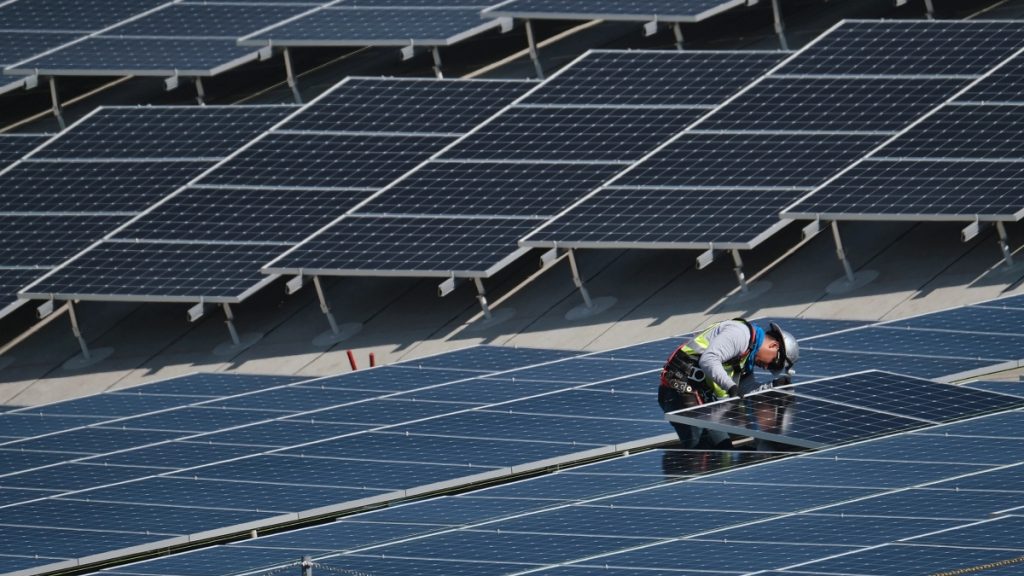Tackling climate change issues is going to require a multi-pronged approach. Just like when you are tightening your belt and looking for savings in your budget, finding ways to save the environment means looking everywhere, even in some unlikely areas.
Technology is constantly advancing and creating new ways to combat climate change. Some of these approaches are not immediately obvious, which provides hope that there are even more ways that we can tackle climate change with creative technology.
Process of Technological Change
Technological change is a linear process that creates new outputs through these processes:
· Invention: a new product or process is created
· Innovation: the invention is applied
· Diffusion: the innovations are adopted.
Sometimes, technology that relates to climate issues can fail after it is invented, just because it is not widely adopted. An extreme example of this is what happened with electric vehicles, which were actually invented in 1832, but have not been widely adopted until recent innovations made them feasible and popular.
New Uses for an Old Technology: The Turbine
The turbine was first invented in 1884 by Sir Charles Parsons, and this technology continues to be applied in new ways. Turbine generators are continually being successfully innovated to create new sources of energy.
Turbines harness the kinetic energy of something fluid, like wind, water or gases, and use that energy to propel engines or generate electricity. Since kinetic energy can be found everywhere, the possibilities for innovations of turbine technology are endless.
As the number of innovations for this technology continues to be developed, more and more uses are being found. Scientists are improving on existing applications, as well. Harnessing typhoons, helium filled floating wind turbines and bladeless wind turbines are some of the newest turbine designs.
How Artificial intelligence Can Help
Artificial intelligence is one of the most rapidly advancing technologies in our world today. It’s a driving force in the 4th Industrial Revolution.
Though AI has some drawbacks (it consumes huge amounts of power in some applications), it can assist by optimizing energy demands, predicting solar and wind patterns and helping buildings use less energy by switching off lights and controlling thermostats.
Smart devices are playing a starring role in the move to a clean energy grid because renewable sources of energy, like wind and solar, are only reliable when the energy they produced is used and stored correctly. And by controlling power grids, AI can even tap the stored power of fleets of electric vehicles in emergencies and determine the optimum time to charge them.
Solar Power Innovations
If you think solar energy is just solar panels in fields or on buildings, think again. Here are just a few of the new solar innovations that are being developed:
Solar paint: scientists are working to create more efficient solar paint, which looks just like normal paint but has tiny light sensitive particles in it.
Thin film solar: printed in rolls, it can be applied to building materials.
Solar roads: this technology has the potential to provide more power than we use.
Infrared solar panels: existing solar panels capture solar power from the visible spectrum of light, but research is using new materials to harness the untapped infrared spectrum.
Microinverters: with one panel and one small inverter, everyone can easily use solar power at home.
Remote Work
Many of the telework systems that were invented during the last several years are now seeing widespread adoption for use in working from home (WFH).
Even though some companies are moving back to the office in 2022, many are seeing that their employees are happier working from home, and there are many ways that WFH can reduce the impact of greenhouse gases, primarily from reduced emissions from telecommuting.
Agriculture and Forestry
Agriculture and forestry is another area where we can use technological changes to combat climate change issues. Here are some ways that technology is improving the way that farmers and foresters are managing their crops:
Drones
Drones are being used to plant trees. Drones can easily access many places that are difficult for humans and drones can plant trees at a faster pace.
Satellite Technology
Forests are large. They cover 30% of the world’s land area, provide homes to 80% of land plants and animals and help regulate water cycles. They also represent a natural carbon sink. Satellite technology can help assess forest areas and provide early detection for forest fires.
Insects
Because insects can cause severe damage to crops and waste valuable resources, the new technologies that are being used to deter insects are extremely important. Pheromone traps and the use of acoustics to deter insects are two of the newest ways that technology is keeping bugs away from crops.
Technological Changes for the Better
There are a myriad of ways that technology can be used to reinforce everything else that is being done to combat climate change. Small technological innovations may contribute just a small percentage to the overall battle, but every little bit helps.
